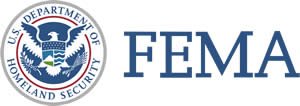RSS feed source: National Science Foundation
Synopsis
Cyber-physical systems (CPS) are engineered systems that are built from, and depend upon, the seamless integration of computation and physical components. Advances in CPS will enable capability, adaptability, scalability, resiliency, safety, security, and usability that will expand the horizons of these critical systems. CPS technologies are transforming the way people interact with engineered systems, just as the Internet has transformed the way people interact with information. New, smart CPS drive innovation and competition in a range of application domains including agriculture, aeronautics, building design, civil infrastructure, energy, environmental quality, healthcare and personalized medicine, manufacturing, and transportation. CPS are becoming data-rich enabling new and higher degrees of automation and autonomy. Traditional ideas in CPS research are being challenged by new concepts emerging from artificial intelligence and machine learning. The integration of artificial intelligence with CPS, especially for real-time operation, creates new research opportunities with
Click this link to continue reading the article on the source website.

